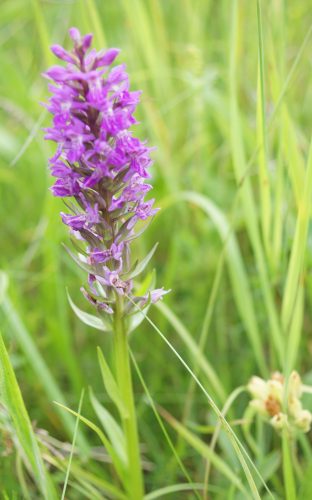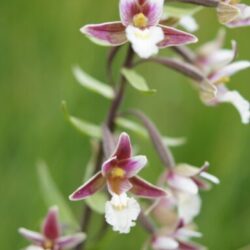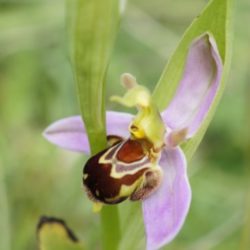Description
Southern marsh orchids are perennial plants and are fully hardy in the UK, though plants in pots may be vulnerable to low winter temperatures. They are suitable for alkaline or neutral soils and occur naturally in the southern part of the UK.
Please note plants sent from late May onwards will not flower this year as flower stalks are likely to be broken in transit.
The rosette of leaves appears in spring and is followed by flowering and then seed setting. The whole plant dies back in early autumn and is dormant through the winter. Plant out at the beginning or end of the dormancy period i.e. early autumn or early spring. Place dormant plants with the tip 2cm below the surface. If your plant has green aerial parts keep the soil surface level with the compos in the pot. They will tolerate full sun if planted in the ground, in pots beware of them overheating or drying out, stand the pot in a saucer of water during the summer. If planted into a lawn or grassland it should be under a management regime for a wildflower meadow. For planting in grassland or a garden bed, make a slit with a spade and slide the plant in keeping the main root vertical. Pour in a little well drained growing mix (see below) and close up the slit. If planting in a pot make it quite a large pot to avoid the roots getting frosted over the winter. Pots may be moved into an unheated greenhouse during the winter and watered sparingly to just keep the compost moist. Plants in the ground should survive the winter in situ.
Use a well drained growing mix of 2 parts peat free potting compost, 2 parts perlite, 1 part grit, 1 part sieved local garden soil.





